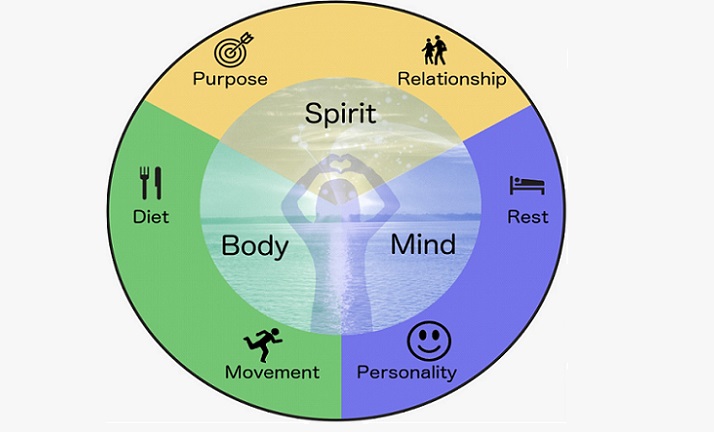The rapid advancement and integration of new technologies have revolutionized the way we work and interact in our daily lives. This abstract explores the impact of these technologies on work- life balance, focusing on the positive and negative effects they bring. Work-life balance refers to the equilibrium between work-related activities and personal life, encompassing various aspects such as time allocation, stress levels, and overall well-being. Advancements communication technologies, such as smartphones and instant messaging platforms, have significantly altered the traditional boundaries between work and personal life. While these technologies enable greater flexibility and remote work opportunities, they also leadsman “always-on” culture, blurring the lines between work and leisure time. This constant connectivity can create work- related stress and hinder individuals’ ability to disconnect and engage in non-work activities. Remote work and flexible schedules have become more prevalent, allowing employees to better manage their personal and professional responsibilities. These technologies have empowered individuals to work from any location and optimize their work hours, potentially leading to improved work-life balance. In this concern e-Governance plays a fruitful utility and method.
- Why Work-Life Balance important?
- What are four Quadrants of Work-Life balance?
- Role of “Self” in Work-Life balance
- Role of Information Communication Technology (ICT) in Work-Life balance
.
Happiness is not a matter of intensity but the Balance, Order and Rhythm and Harmony !!
.
– Thomas Merton

